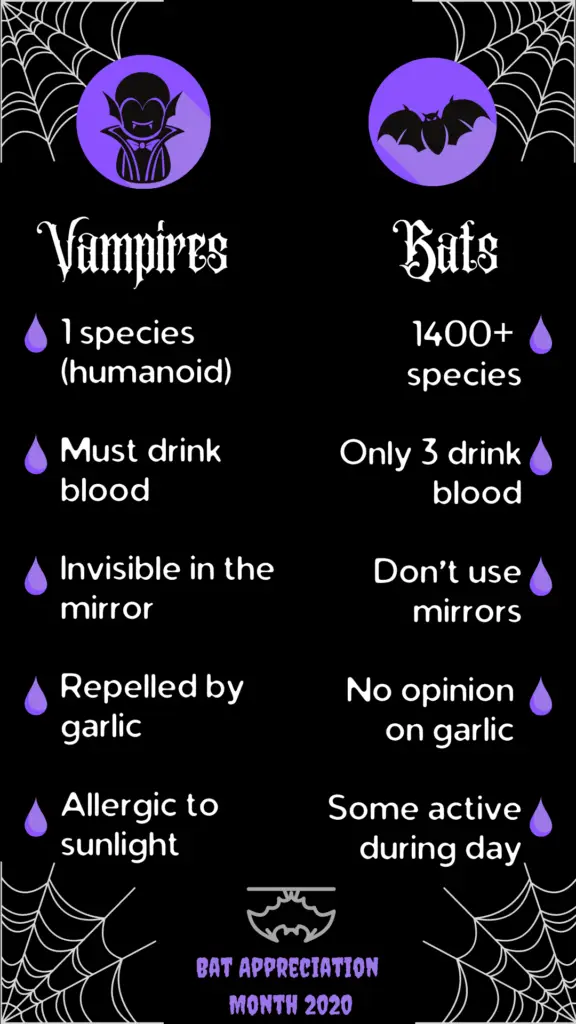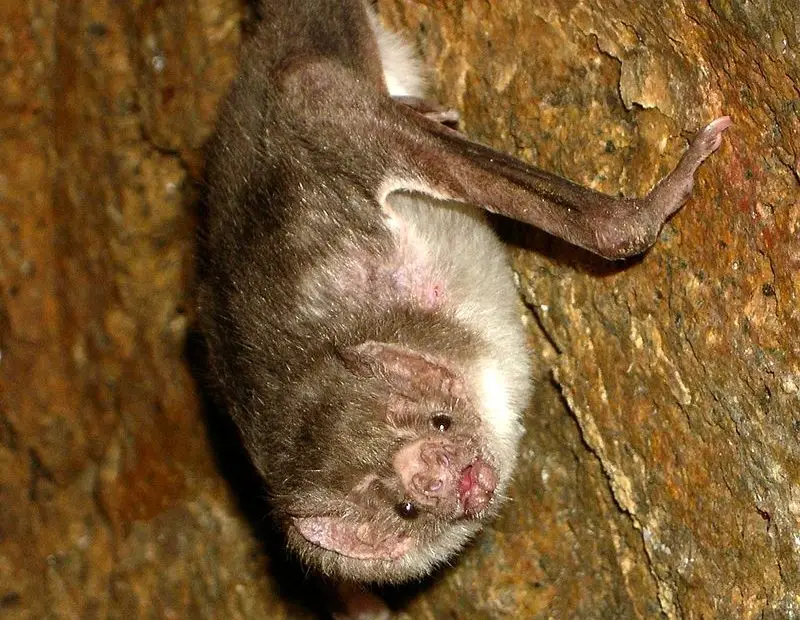
Which came first – the vampire or the vampire bat?
Vampires – demonic spirits or supernatural creatures that drink the blood of other animals – have been around in human folklore for millennia, though our current ideas of ‘vampires’ stem mainly from eastern European folklores. So when European explorers observed bats in Central and South America that fed on blood, they labeled them vampires. The link was further entrenched in the popular culture with the help of Bram Stoker’s Dracula. Stoker is thought to have been inspired for the bat transformation of Dracula after seeing reports of blood-feeding bats from the ‘new world’. Now, when many people think of bats, the first thing that pops to mind is vampire bats.
But did you know? Of the 1,400+ species of bats currently described by science, only THREE are vampire bats. That’s less than 1% of all bat species!
Let’s meet them!

First, some vampire bat basics.
Vampire bats are found only in subtropical and tropical regions of the Americas. While there have been specimens of vampire bats reported in Texas and southern US states, these are very rare and likely the result of one lost bat.
The unique feeding behavior of vampire bats, and their need to feed everyday has resulted in some fascinating social behaviors. Vampire bats will engage in “food sharing” behaviors, where one bat regurgitates some of its blood meal into the mouth of another bat. These behaviors can keep a bat that missed a meal from starving, and the behavior is often reciprocated in the future. Vampire bats also have relatively complex social systems (at least compared to other bats), with dominance hierarchies in females, and males (to a lesser extent). They also have a variety of social calls, which they use to coordinate contact while foraging and behaviors in the roost.
White-winged Vampire Bat
Diaemus youngi
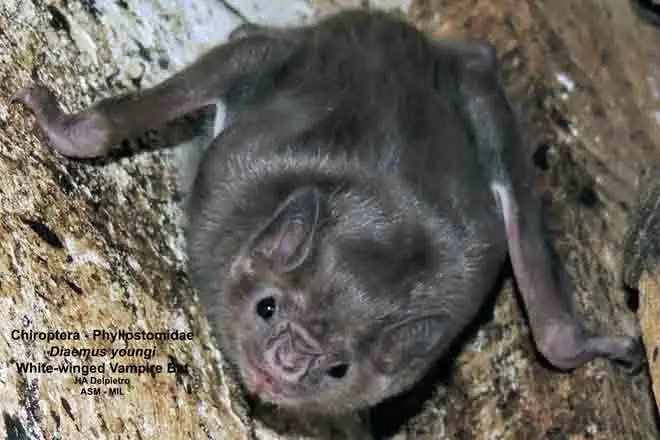
Possibly the rarest of the vampire bats, the white-winged vampire bat specializes on bird blood. They are found in Central and South America, as well as the islands of Trinidad and Margarita. They have scent glands in their mouth that release a foul smell when the bats are disturbed.
Hairy-legged Vampire Bat
Diphylla ecaudata
Like the White-winged vampire bat, the hairy-legged vampire bat prefers to feed on the blood of birds, though evidence of mammal feeding has been found in its diet in the wild. They roost in small groups in caves and mines throughout Central and South America.
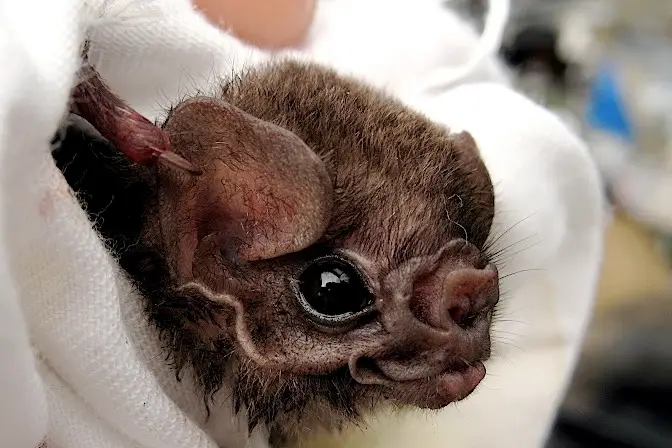
Common Vampire Bat
Desmodus rotundus
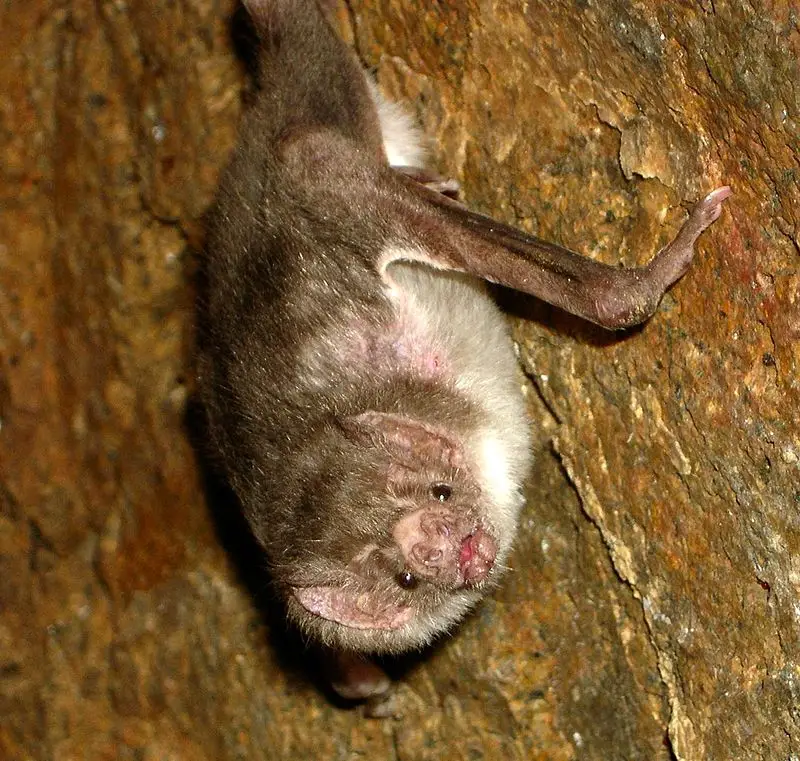
The most well studied of the vampire bats, the Common vampire bat is widespread through Central and South America. They feed on mammal blood, particularly livestock such as cattle and horses. The increase in farming and agricultural practices in their range has resulted in expanded population sizes. They are famous for their food sharing and social grooming behaviors, and are highly social. Even compared to other vampire bats, they are quite adept on the ground. They can run in a bounding like motion, and can reach up to 4.5 miles per hour!
And just in case you need some help telling vampires from bats - a quick and handy guide:
